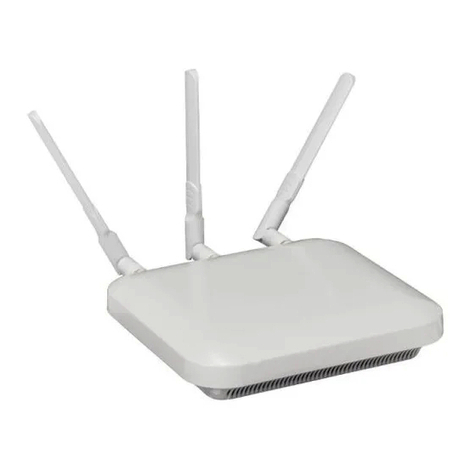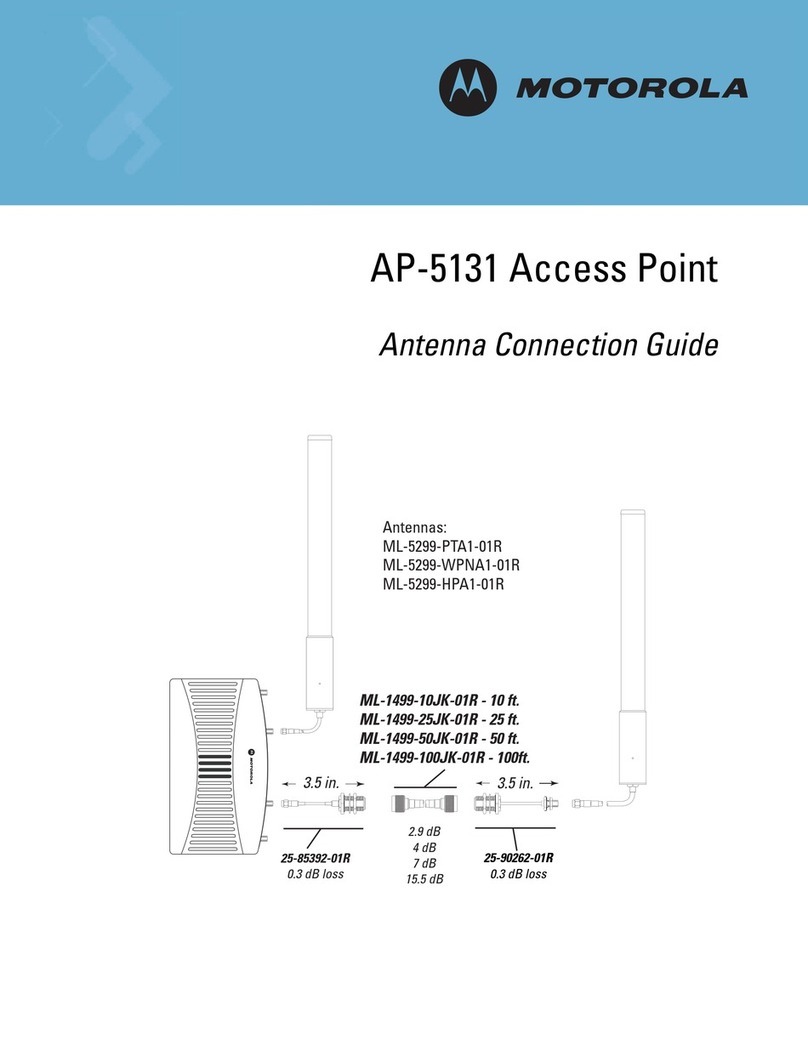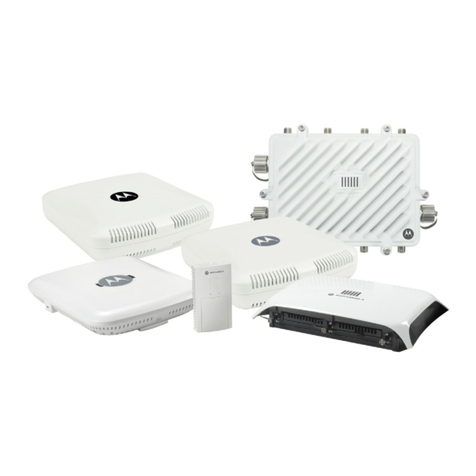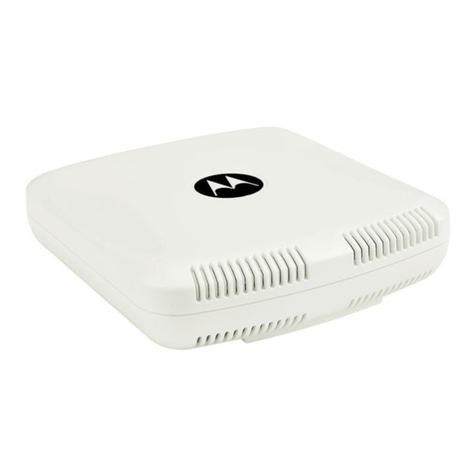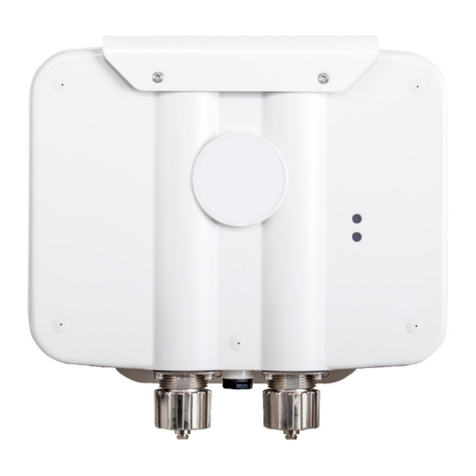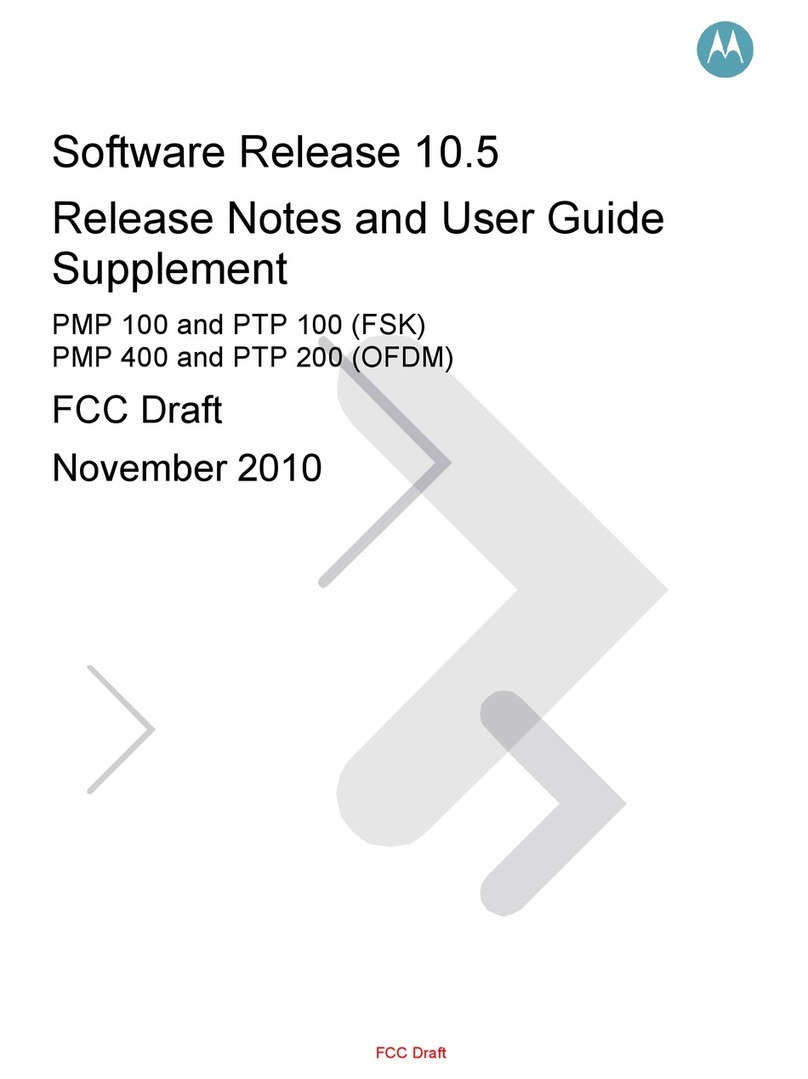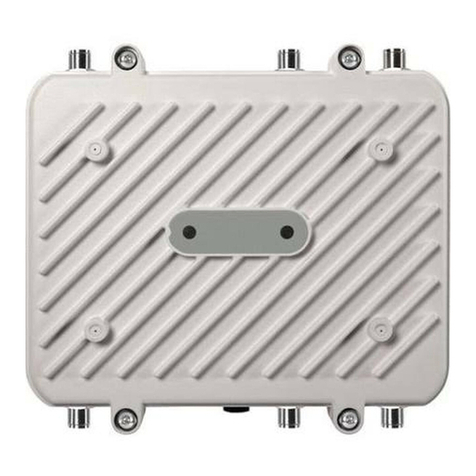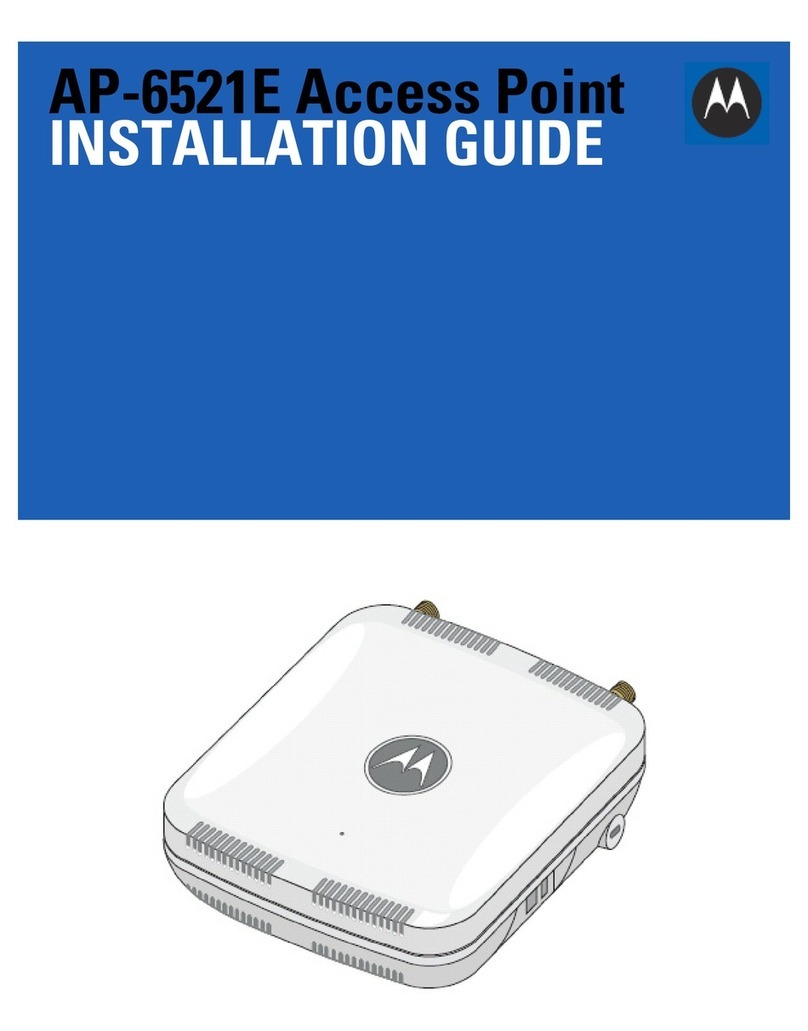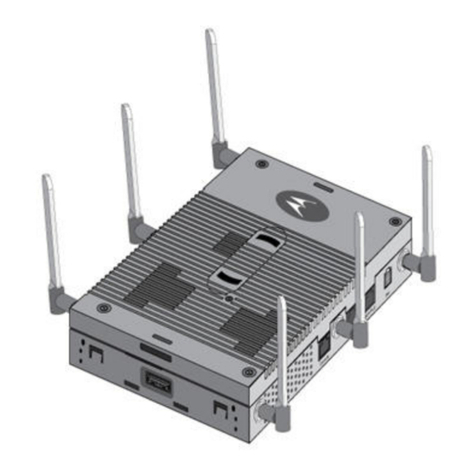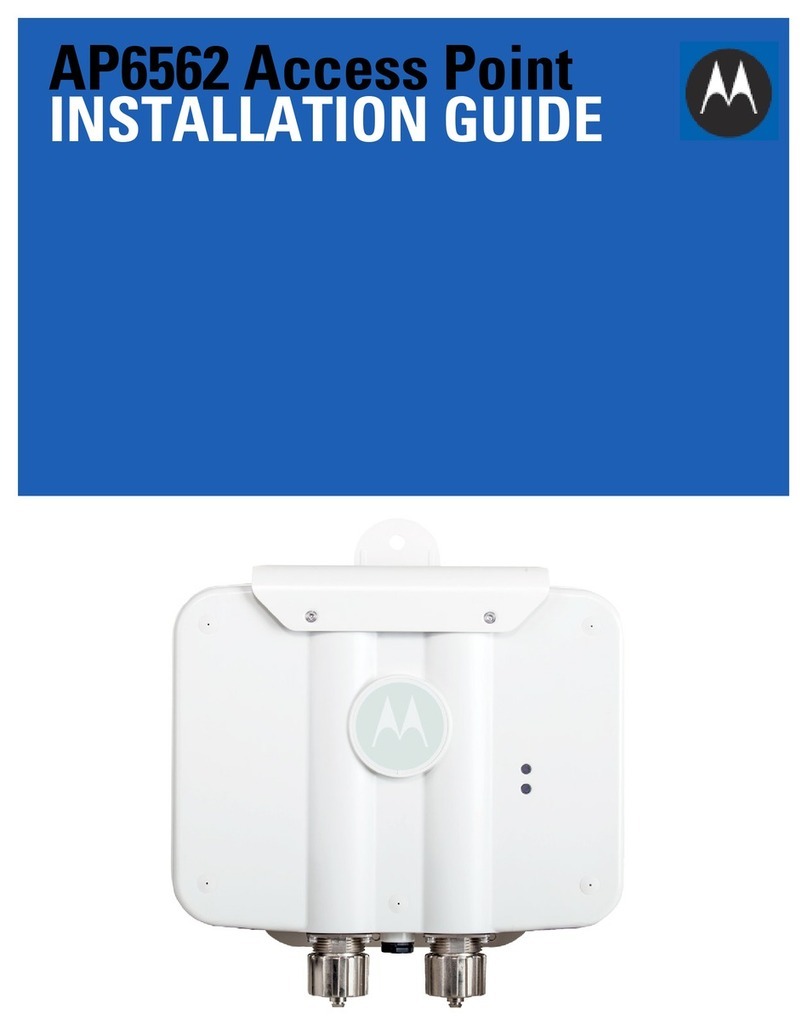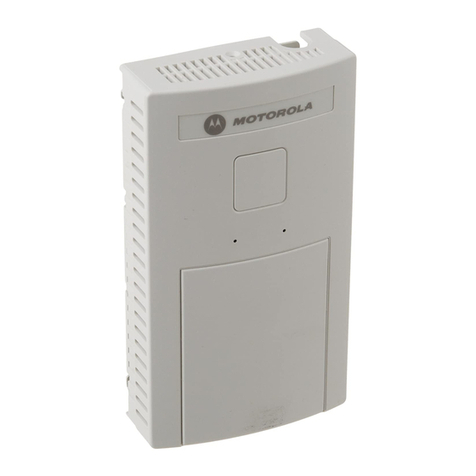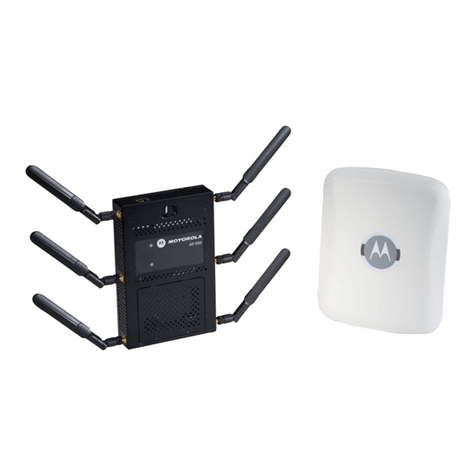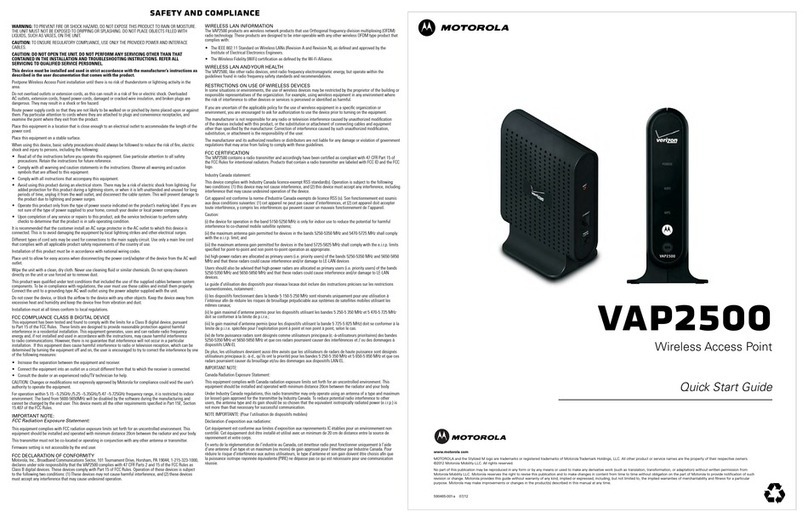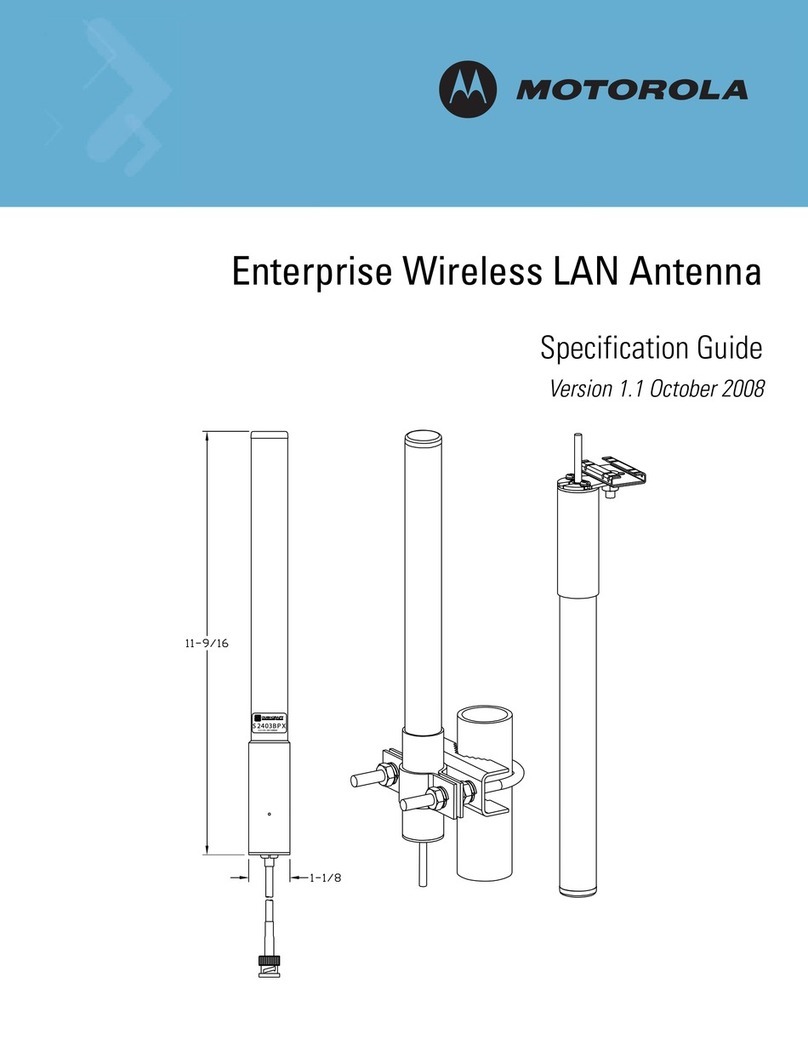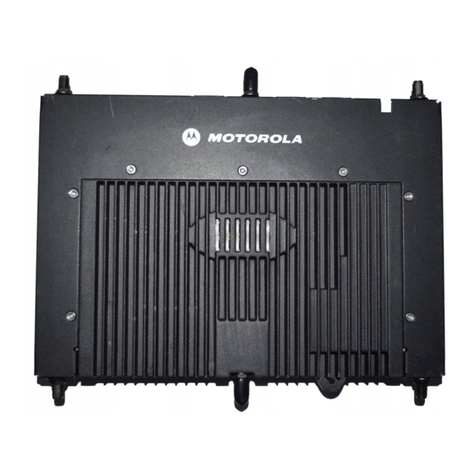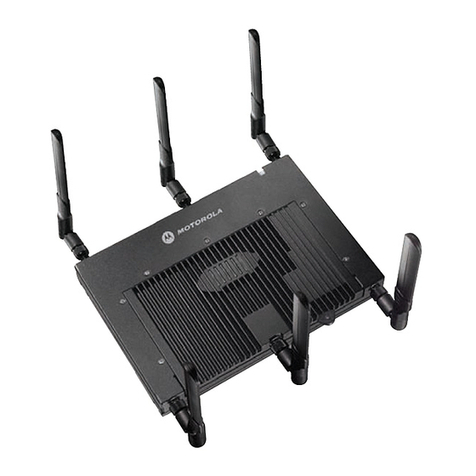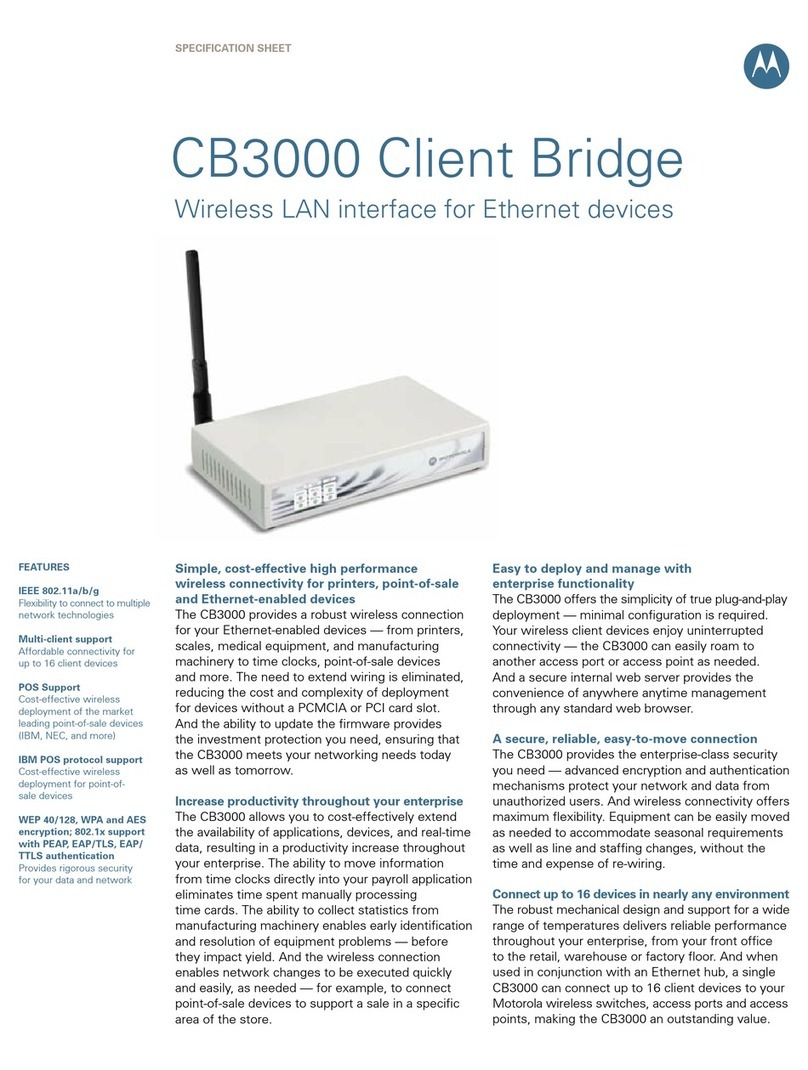
croprocessor performs its decoding function, attempting
to decode the bit pattern
which
has
been demodulated
into a valid received message.
BINARY
ENCODER-
Whenencoding, thebinarymo-
dem IC (U3207) will take digital1's and
O's
from the
mi-
croprocessor (input to the modem at U3207-15) and
translatestheminto
1200
and 1800Hztones(outputfrom
the modem
at
U3207-6). The resulting output
is
then
summed into the summing op-amplifier
U3200D.
DTMF
DECODER -The
SAM
DTMF decoder
uses
a specialized IC to do the translation from audio
signals
to digital signals.
U3208
decodes the
DTMF
audio se-
quenceandprovidesafour-bitnibbletothemicroproces-
sor specifying which
of
the
16
possible tone
pairs
was
re-
ceived.
TONEIDTMF ENCODER -Both
of
these signaling
types are encodedonthe
SAM
board
byan 8-bit digital-
to-analogconverter(DAC)implementedas an R/2Rlad-
der around op amp U3200A A three-pole low-pass
smoothing filter formed by
U3200C
follows
the
DAC.
TRANSMITAUDIO
ROUTING-
Both thebinary en-
code signalfrom the modem IC
U3207
and the toneand
DTMF
signals from theDAC are summedby U3200-14.
Variable gain
is
setbyEEPOT
U3209.
The output
of
the summer stage is fed to both analog
gates U3202-13 and U3202-5. These gates control
whethertheencodeaudiowillbepassed to
RAC
Line
Au-
dio
or
RAC GCC Data Audio,
or
both. The RAC Line
Audio signal feeds to the Line Summerstage on the Sta-
tion Control Board (this requires jumper1U17 on
SSCB
tobe in ALT position). The
RAC
GCC Data Audio line
feeds tothe splatterfilter on theStation Control Board.
Note that when encoding RAC tones
or
sequences, the
jumpers on the Station Control Board must be set such
that they go through the splatter filter, that is, 1Ul4 in
ALT position, and1U6 in NORM position.
ENCODER TROUBLESHOOTING -The
SAM
board
will
automaticallyencodea 1200Hzsignalwhenthe
SAM
EEPOT (#F displayed on the front panel)
is
se-
lected. A sine
wave
should be visible at U3200-1,
U3200-8, and U3200-14. Theamplitude ofthe signal at
U3200-14 is adjusted by EEPOT
U3209.
The EEPOT
should
be
adjusted to verify that the amplitude does
change. Hthe signal
is
notpresentatany ofthesepoints.
supply voltages should bechecked, as well as a defective
EEPOT.
5. LEVEL SETTING
Most
of
thelevel setting potentiometersin the Data sta-
tion control tmy aredigitally controlled, solid state non-
volatile potentiometers referred to as EEPO'IS. These
EEP01Scanbe manipulatedbyusing theFieldProgmm-
mer
or
through a front panel switch toggling sequence.
BeforesettingSAM encodelevels, thestation
Max
Devi-
ation EEPOTmust already
be
set correctly. Also,
if
en-
coding to the wireline, the Line21Une4 Level EEPOT
must
already
be
set correctly. Afteraligning the station
according to the instructions given in the User Manual,
usethefollowing proceduresetEEPOT
IF
{the
SAM
en-
code level potentiometer):
Step
1.
Verify
that all front panel switches are in their
normal positions. The station should notbe in PL
DIS-
ABLE
or
ACCESS DISABLE.
Step 2. Hold theSElECT/SETswitch in theSETposi-
tion, and then move the
PL
DISIXMITswitch tothe PL
DIS position. Be
sure
tomove
and
hold theSET
switch
beforethePLDISswitch. Whilebothswitchesareactive,
threedigits onthefrontpanel
STATUS
display
will
show
EEP.
Step 3. Release the SETswitch, and then returnthe PL
DIS switch to the normal position. After a
few
seconds,
the leftmost digit of the
STATUS
display will
show
a 0
which
represents theEEPOTnumber in hexadecimal (0
through hex F). Theothertwodigits will show a decimal
value from
00
to
99
which represents the current wiper
position
of
the EEPOT.
Step
4.
Thggle
theSELECT/SETswitch totheSELECT
position. Adecimal pointonthedisplay
will
light.
Thggle
theswitch again tomove thedecimal pointfrom onedigit
to another. Set the decimal point to the leftmost digit.
Now
toggle the switch to the SETposition.
Thggling
to
the SETposition scans the current settings of the EEP-
018. A delaybetween toggles ofmore thanfwe seconds
times out the decimal point.
Th
bring the decimal point
back, toggle to the SELECT position. However,
if
the
SETpositionistoggled afterthedecimalpoint timesout,
thedisplay will exit the EEPOTsetting mode and revert
to normal opemtion.
Th
re-enter the EEPOT mode, re-
turn to Step
1.
Step
S.
Select EEPOT
#F.
When
you
do this the
SAM
board
will encodea 1200Hztone.Movethedecimalpoint
to the next (tens)digit.
Thggle
to theSETposition
while
monitoring theoutput you aretrying toadjust.
Thggling
theswitch tothe SETpositionwill incrementthecurrent
digitby
1.
If
the
SAM
is encodingtothe transmitter, hold
the PLDis/Xmit switch down (in the Xmit position) and
monitorthe'Il:ansmit DeviationwhileadjustingtheEEP-
OT.
If
the
SAM
is encoding to the wireline, monitorthe
wireline levelwhileadjusting theEEPOT. Whentheout-
put gets close to the required level, move the decimal
point to the third (ones) digit, and fine tune to
there-
quired level. Hyou overshoot the required level, scroll
the wiper through position
99,
and try again. The EEP-
018
can
be
adjusted only in onedirection from thefront
panel. When using the field progmmmer's alignment
screens, theEEP01S
may
beadjusted in eitherdirection.
6/30193 68P81087E72 s
